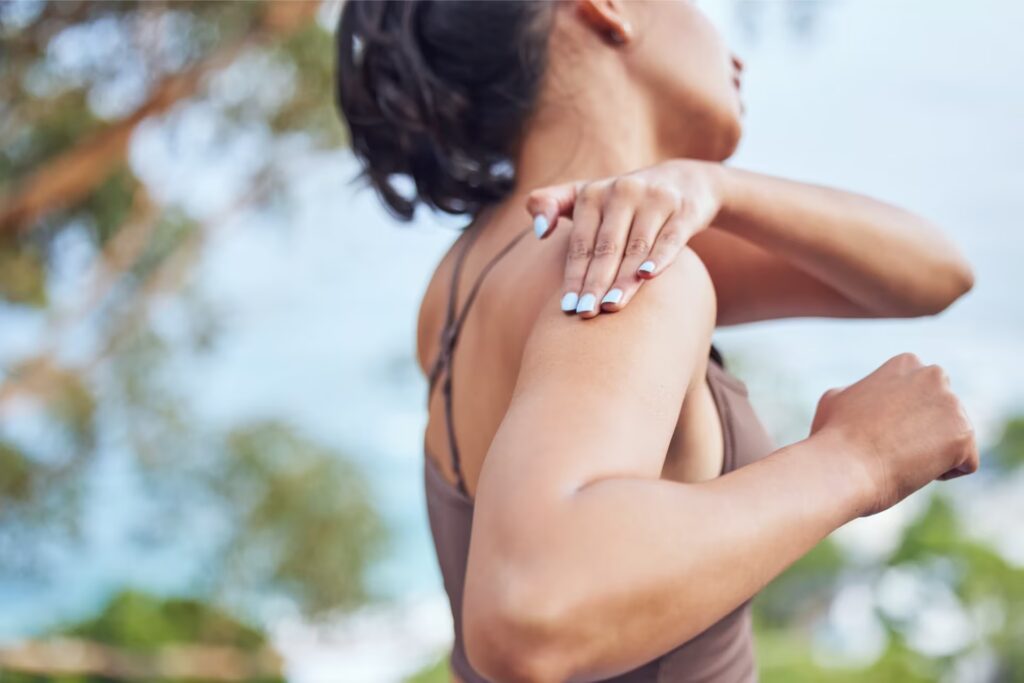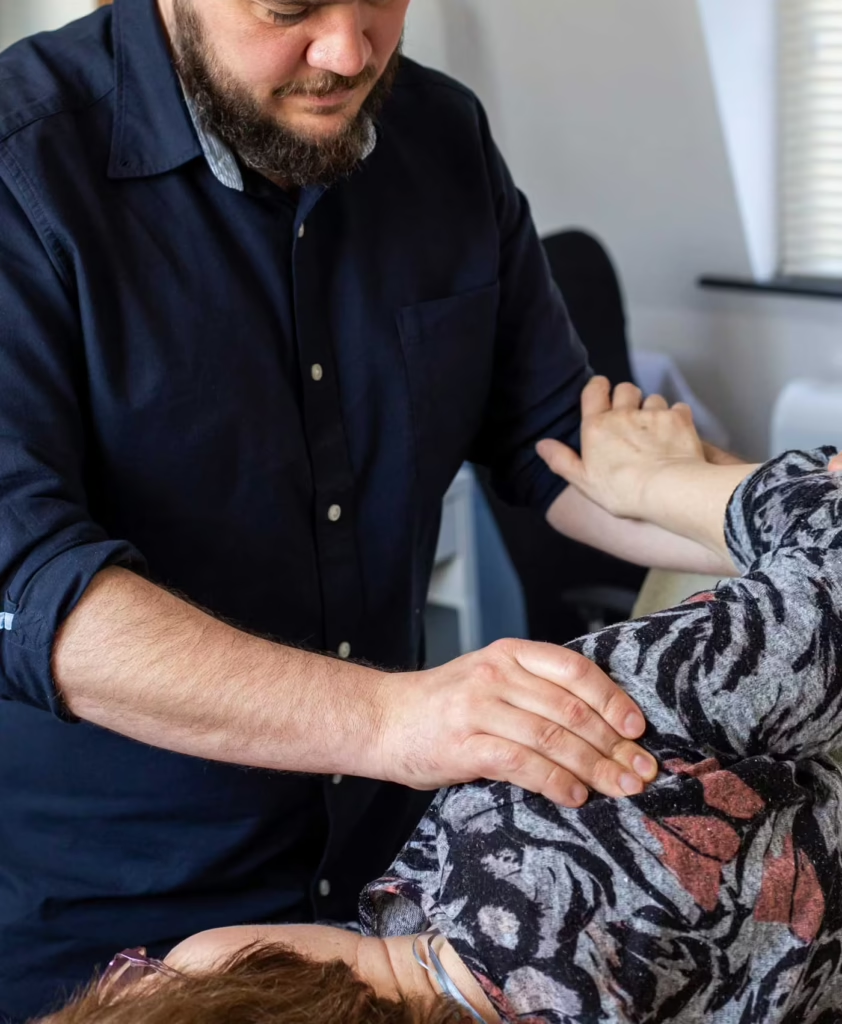About Rotator Cuff Injuries
Rotator Cuff Tendonitis is the most common shoulder injury we see at The Courtyard Clinic. To understand this condition, we need to understand a little bit about the anatomy of the shoulder.
Most of the big joints in our body have strong internal ligaments (bands of fibrous tissue that join bone to bone). Joints like the hip and knee are kept stable by ligaments that anchor the joint surfaces together. We don’t have any ligaments like these in the shoulder, and the external ones that attach around the outside of the joint are rather weak. This is a necessary feature of the shoulder because if there were strong internal ligaments, the joint wouldn’t have the flexibility that we need it to have.
To perform the role of stability in the shoulder we have a group of muscles known as the Rotator Cuff, these are muscles that will activate to make the joint stable during certain ranges of motion. Because they will activate in some movements but not in others, we can move the arm a great deal without dislocation.
A tendon is the fibrous part of a muscle that joins it to the bone. Tendonitis occurs when repetitive strain or trauma to a tendon causes inflammation. Tendonitis can occur anywhere, but is particularly prevalent in the shoulder. Fortunately Biceps Tendonitis and Rotator Cuff Tendonitis are much more common than frozen shoulder (“fortunately” because with treatment it usually resolves more quickly).


Rotator Cuff Pain and Treatment
Symptoms of Rotator Cuff Tendonitis can begin as a deep ache around the shoulder joint and into the upper arm. Pain is usually made sharp and more intense with overhead or rotation type movements. Reaching high shelves and getting arms into jumpers or jackets can become tricky, as can brushing hair. Resting the shoulder generally eases the intense pain but aching and discomfort may persist.
Treatment for rotator cuff tendonitis is directed at reducing the inflammation, increasing the range of movement and gradually strengthening the shoulder with prescribed exercises to restore good function. Hot and cold compresses can also help as it aids to reduce inflammation and improve nutrient supply to healing tissues.